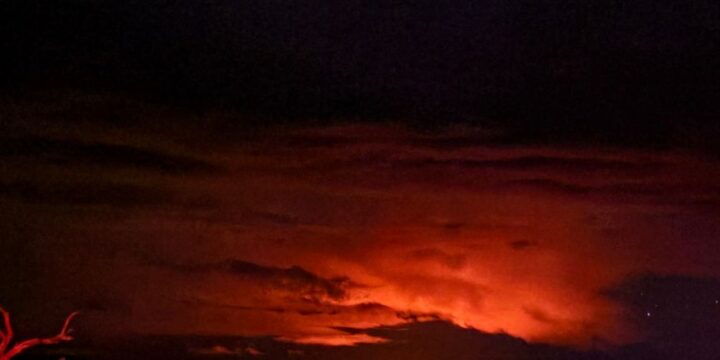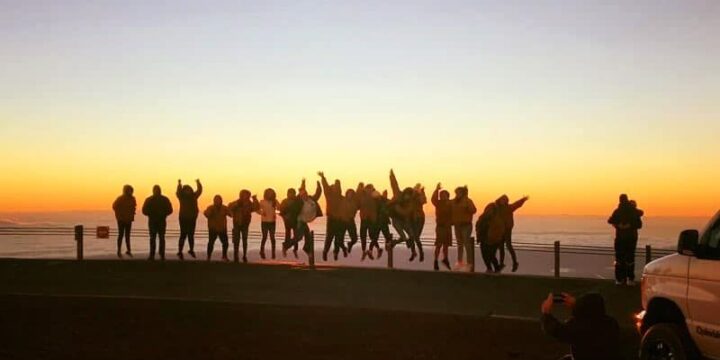
Throwback to ’95
Adventure, affordable, Camping, Conservation, Environment, Hawaii, Hilo, History, Nature, Travel, Traveling, Volcanology
This past week we were given a gift in the form of several photos of Arnott's Lodge and our Mauna Kea tour all the way back from 1995! We want to say a special thank you to Geerten Kalter of Delft, Holland, for sending us his pictures. We have been in operation since 1990 and are so grateful to all the people we've met along the way. Things sure have changed! One of our original tour vehicles. You have to love the old suburban. Traveling to the summit of Mauna Kea. A view of the shadow cast by Mauna Kea The front of Arnott's Lodge. A lot has changed!



